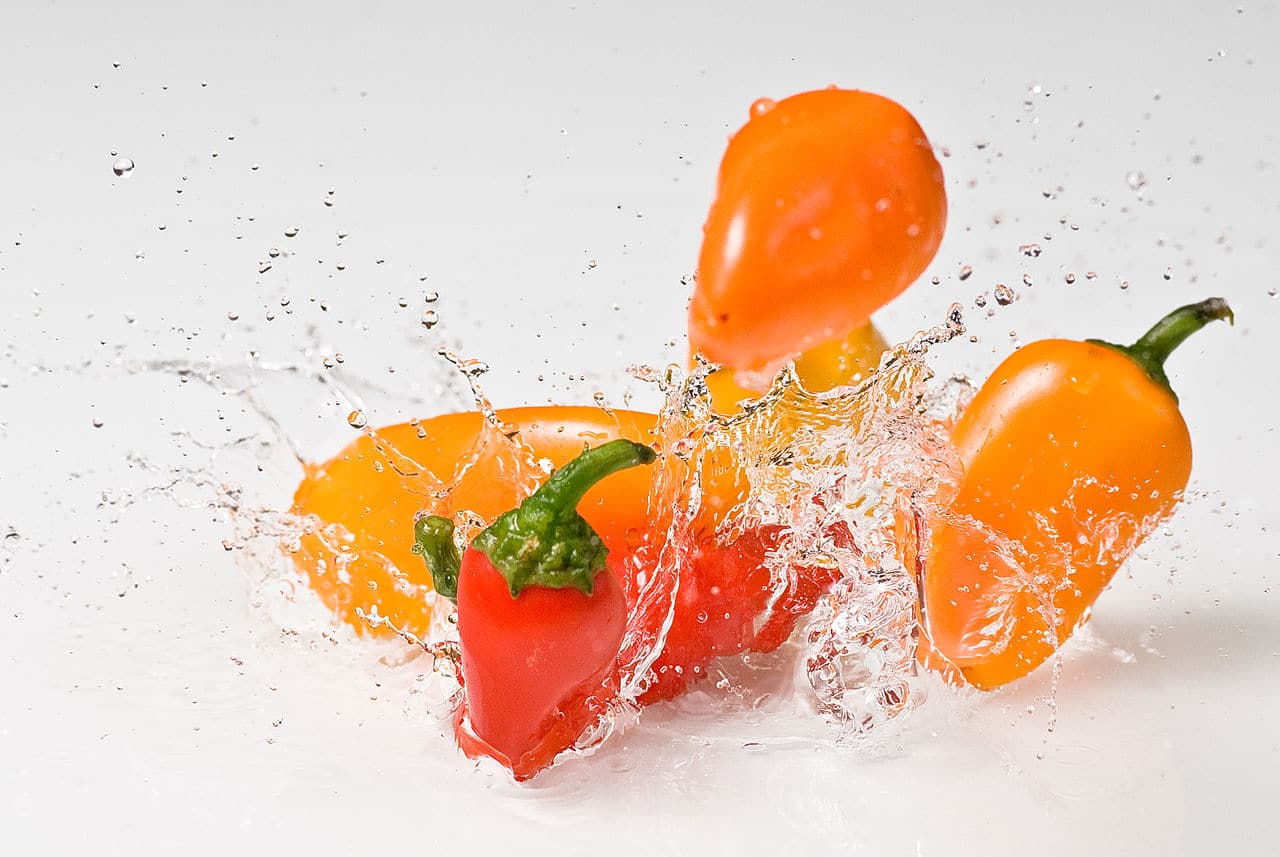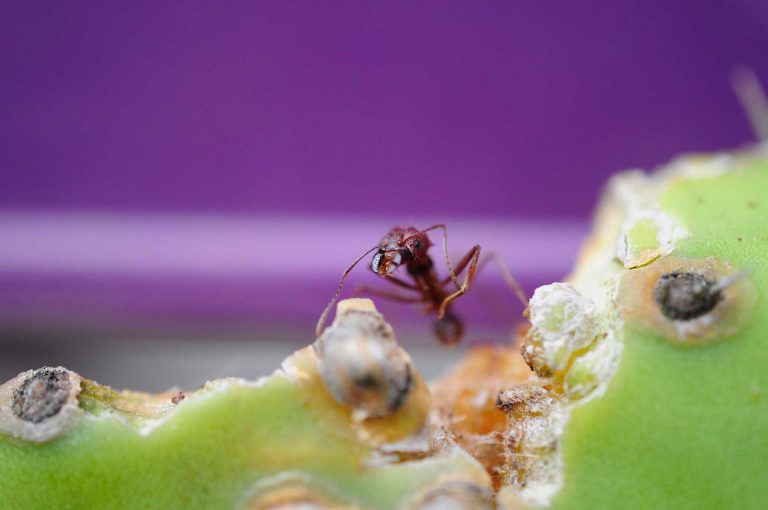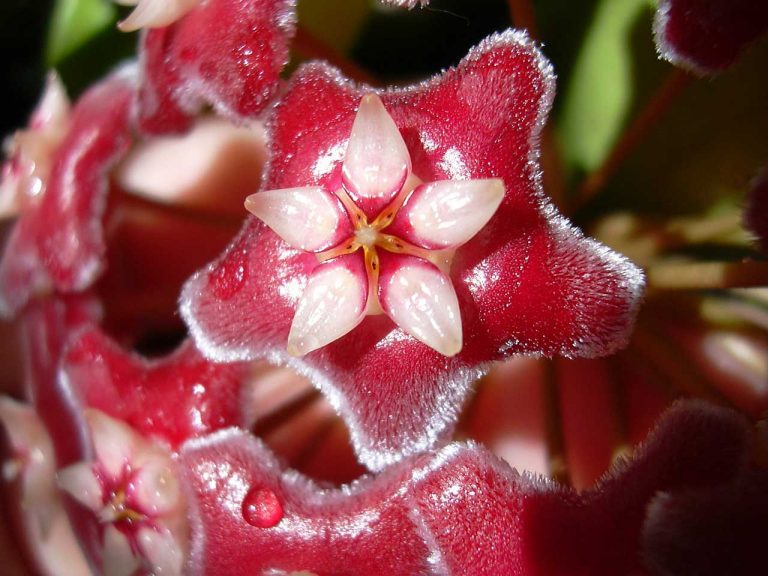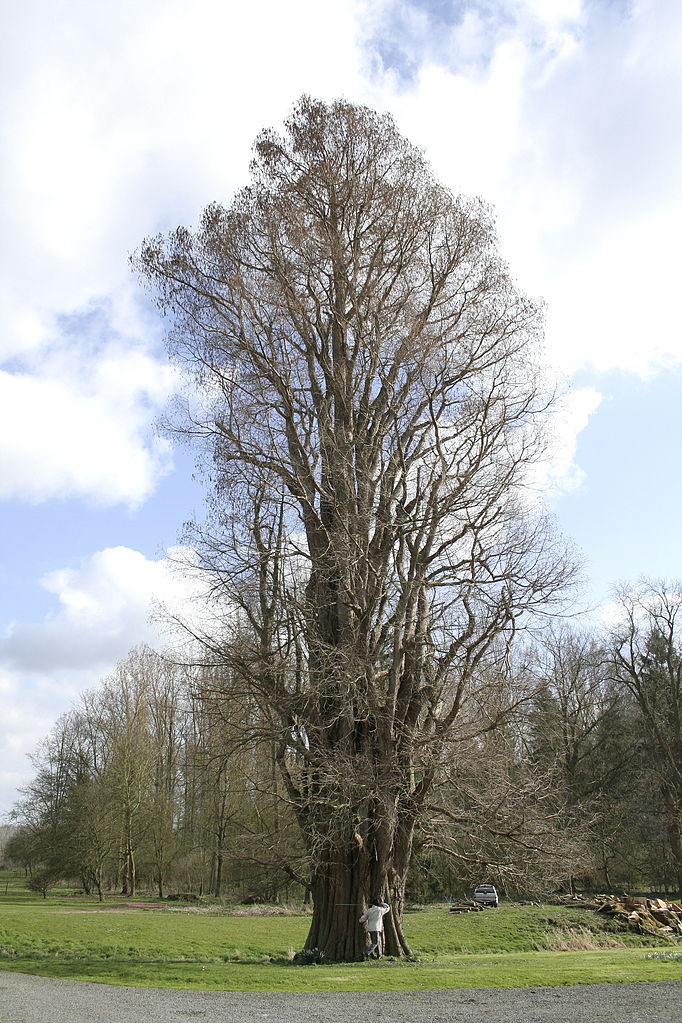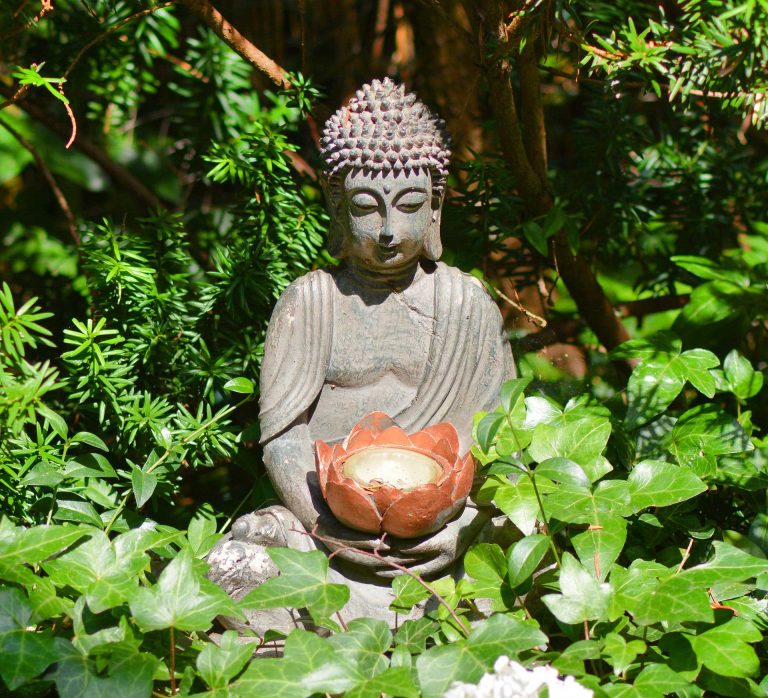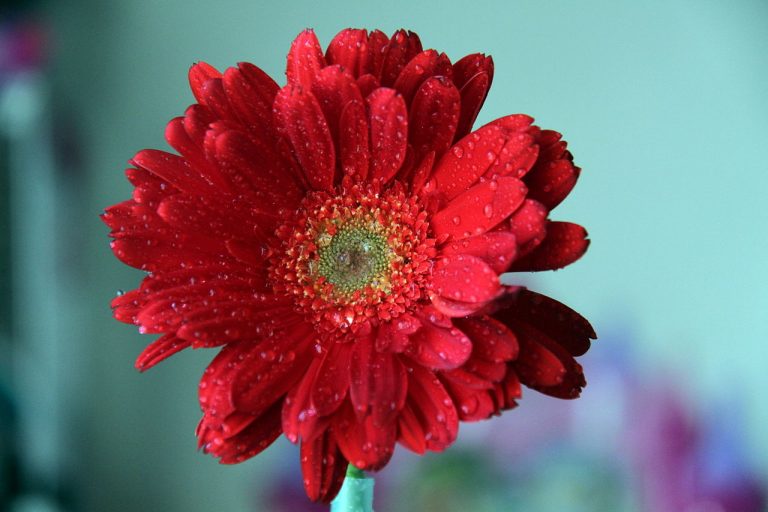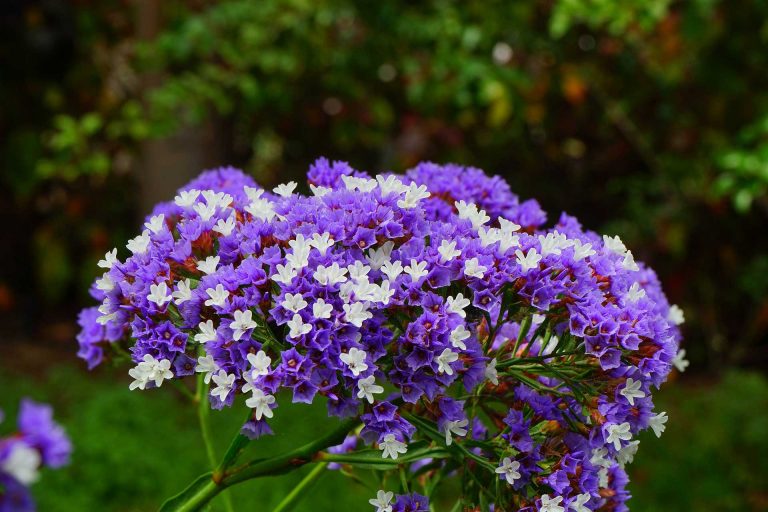Chilli Pepper
Chili pepper, which some people also call as chile pepper, has its origin in the Nahuati chilli, from the capsicum variety that belongs to Solanaceae, the nightshade family. This term is a British English derivation. India, Asian countries; Australia, Malaysia and New Zealand merely call them chili, with “pepper” excluded.
Anatomy
The chili pepper is a small shrub having strong stems of height 1.5 m. The leaves are in pairs or arranged in an alternate manner. Flowers droop (pendulous), the colors are occasionally tinged green or otherwise dull-white; anthers are at times yellow or otherwise blue-pale-purple. Fruits occur in chambers of two or three, the berries are pungent with shiny appearance; when ripened they turn cream to red-brown in color. Bees are their pollinating agents.
Habitat
Chili pepper originates from America. When Christopher Columbus, the first European visited the Caribbean, he discovered chili pepper and named them peppers because of their hot spicy taste.
Growing Them at Home in Chili Pepper
Soil for planting
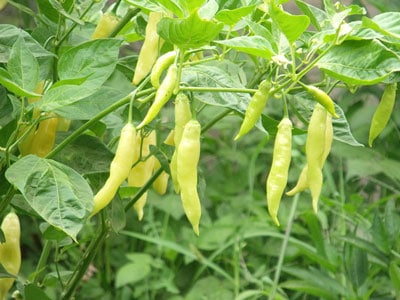
Photo by: Koisa Masiwa
The beginning of January is the right time for sowing the hottest and best chilies indoors. The hottest type of chili usually requires the longest time for growing. For germination, chilies need enough heat, therefore, place them in a heated propagator near the windowsill, if not, a warm, ventilated cupboard is a substitute, and wrap it with a plastic bag. Sow the seeds of your chili pepper on a damp plane with natural drainage, cover the seeds with vermiculite and sprinkle fine compost. When the seedlings of this chili pepper are sufficiently big to grip, transplant them into separate pots of size 7.5 cm (3 inches) containing compost and continue growing them until the fear of frost is over. Further, when they acquire sufficient growth, transplant them to the final desired site. You can also growing Chilies in pots in a greenhouse atmosphere. Other options are using a polytunnel ( a semicircular tunnel made from polyethylene heating up the interior due to solar rays) or growing them in conservatories. Also growing your chili outdoor is in a sunny sheltered area is possible.
Watering
When the initial set of fruit evolves, your chili pepper plant needs a thorough watering all round their growing period, then feed them with a good quantity of potash tomato fertilizer once a week. The Ideal time to water your chili pepper is before sunrise or alternatively, just before sunset, or at night.
Temperature and Humidity
Until the seeds germinate, put them in trays and keep it in a propagator with a temperature of 18-25°C (64-77°F); the germination normally takes 7 to 10 days.
Flowering and Maturing
The flowers are hermaphrodite, tiny and normally white. Two days after the flowers blossom, they wilt and drop; this is the time that the chill berry begins developing.
Prior to attaining maturity, the color of the Pepper Chiliis deep green; the length of the chili is 3 or 4 cm and has a slight curvature.
Care
In order to prevent weeds from growing and for preserving moisture, mulch the bottom of your chili pepper plants with biodegradable material.
- Supply sufficient water and light
- The chili pepper plant grows in warm weather thus shield them from low temperature
- When exposed to bright sunlight, that part of the fruit, which is facing the sunlight gets decolorized
Pests and Pesticides
Chili peppers are normally very healthy; the frequent problem is with pests. At times, the tips of the branch form a cluster with tiny greenish aphids. When they grow in big numbers, they suck the juice of the plants, the leaves get malformed and they rob the plant’s energy. Besides, these aphids spread viruses. Eliminate these aphids from the plants with a strong spray of water through your garden hose. Caterpillars, like corn borers and corn earthworms damage the fruits; corn worms consume the leaves as well as the fruits. Contact your local cooperative extension service for inquiries regarding control infestation of pests and advice.
Chili peppers are likely to get diseases through a virus. Some of the viruses found in peppers are tobacco mosaic virus that frequently occurs, resulting in malformed fruits and spotted yellow colored leaves. Since there are no remedial cures for this virus, discard such plants. Proper control of the aphids prevents spreading of diseases.
Harvest Month and Storage
Chilies need full sunlight and warmth for complete ripening. Sow your seeds early so that such problems do not arise. Sowing your seeds later as in the United Kingdom exposes your peppers to the chill when the summer days grow shorter. In case, your crop does not fully ripen, keep them indoors on a windowsill where they can enjoy the warmth of the sunlight. Using Secateurs, reap your chilies one by one from the plant. Reap your chili peppers that are grown outdoors prior to the first frost.
When you achieve a successful chili crop and if you need storing them for future, it is possible to freeze or dry them without any problem. They make an excellent ingredient for a variety of Chili Pepper Recipes.

Having discovered a fondness for insects while pursuing her degree in Biology, Randi Jones was quite bugged to know that people usually dismissed these little creatures as “creepy-crawlies”.

